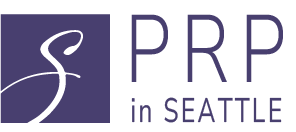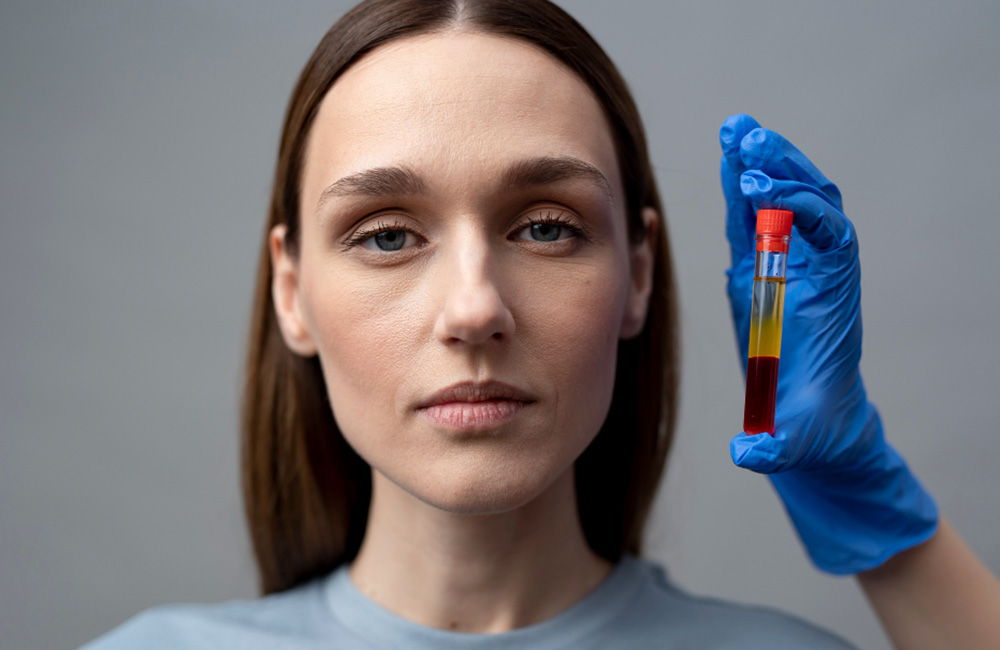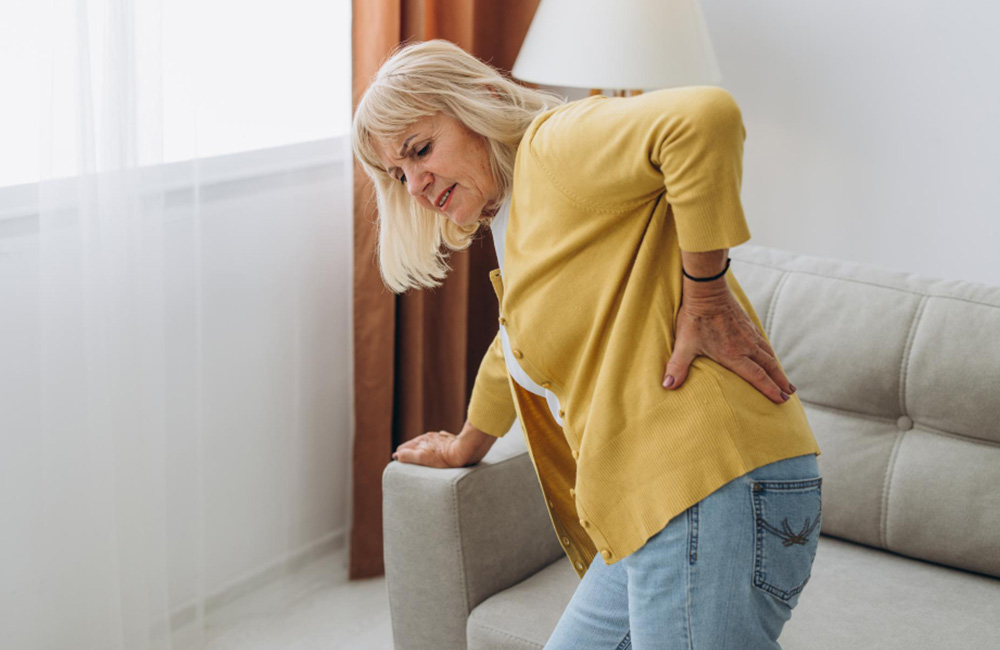People want to spend less time on recovery and faster results that seems impossible but advancement in medical and cosmetic fields have made it possible. One of the most popular treatments is PRP (Platelet-Rich Plasma) therapy. It has become a popular treatment in both medical and cosmetic fields for its ability to promote healing and rejuvenation using the body’s natural resources. While PRP offers numerous benefits, many patients report discomfort during and after the procedure, raising the question: why does PRP hurt so much? Understanding the reasons behind the pain can help patients prepare for the treatment and manage their expectations.
The Nature of PRP Therapy
PRP therapy involves extracting a small amount of the patient’s blood, processing it to concentrate platelets, and then injecting the platelet-rich plasma back into targeted areas. The pain associated with PRP therapy often stems from the injection process itself. Unlike simple surface-level treatments, PRP injections penetrate deeper into tissues such as muscles, joints, or scalp, depending on the intended outcome. This deeper penetration can irritate sensitive nerves and tissues, leading to discomfort.
Factors Contributing to PRP Pain
Considered safe, there could be some factors which might contribute to pain after PRP injections. Such as:
- Injection Site Sensitivity: Certain areas, such as the scalp for hair restoration or joints for orthopedic treatments, are naturally more sensitive. The high density of nerve endings in these regions can amplify the pain.
- Needle Penetration: The process requires precise injections into specific layers of tissue, sometimes involving multiple injections in a single session. This can cause localized pain, especially if the area is already inflamed or tender.
- Platelet Activation: PRP is designed to trigger a healing response by activating growth factors in the platelets. This activation can cause inflammation, which is a natural part of the healing process but may lead to temporary pain or swelling.
- Volume of Injections: Depending on the treatment area, the volume of PRP injected can vary. Larger treatment areas or conditions requiring multiple injections can increase the overall discomfort.
Pain Management During PRP
Although PRP therapy can be uncomfortable, there are several strategies to manage the pain:
- Topical Anesthetics: Many practitioners use numbing creams or local anesthetics before the procedure to minimize pain.
- Cold Compress: Applying a cold pack before or after the treatment can help reduce inflammation and numb the area.
- Patient Relaxation: Stress and tension can heighten the perception of pain. Relaxation techniques, such as deep breathing, can help ease discomfort during the procedure.
- Pain Medication: In some cases, over-the-counter pain relievers may be recommended after the treatment, though patients should avoid anti-inflammatory drugs that could interfere with the healing process.
What to Expect Post-Procedure
It’s normal to experience some soreness, swelling, or bruising in the treated area after PRP therapy. These symptoms typically subside within a few days as the body begins to heal. Following post-procedure care instructions from your provider, such as avoiding strenuous activity and applying ice packs, can help ease recovery.
Conclusion
PRP Therapy is a powerful tool for healing and rejuvenation, but it’s not without its discomforts. The pain associated with PRP is a result of the injection process, sensitive treatment areas, and the body’s natural inflammatory response. By understanding these factors and utilizing pain management strategies, patients can better prepare for the procedure and focus on its long-term benefits. If you’re considering PRP therapy, discussing your concerns with your provider can ensure a smoother, more comfortable experience.


